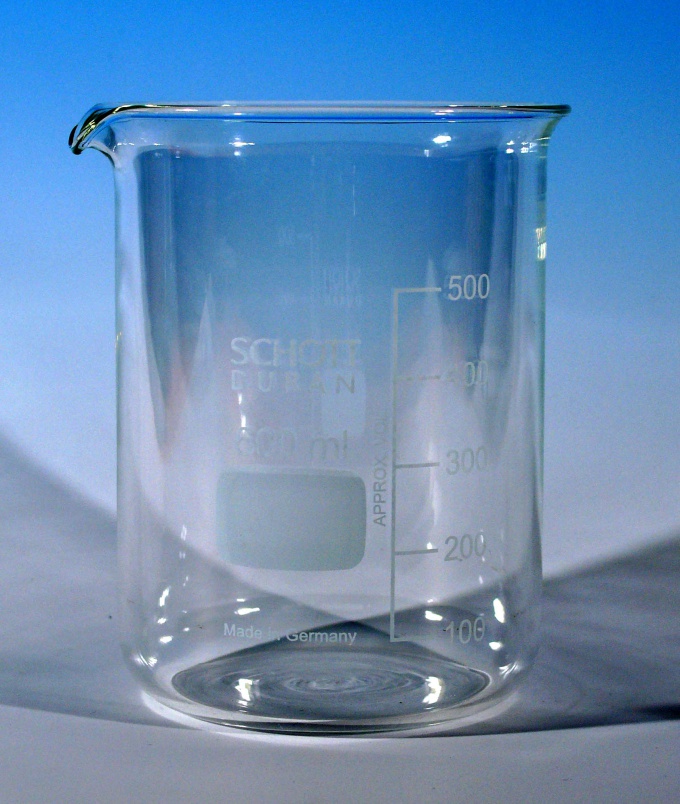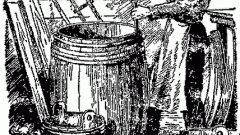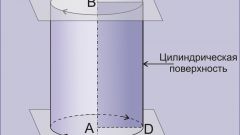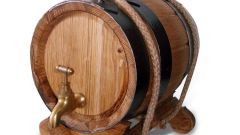Instruction
1
If it is possible to fill the vessel with water to determine its volume enough to have any dimensional shape. Depending on the size of the vessel measuring utensils can be a syringe, a beaker, a Cup, a jar, a bucket or any other tableware, the capacity of which you are aware. Picking the appropriate measuring vessel, fill with water to the brim of the vessel studied, and then pour the water into the measuring vessel, measuring thus the volume.
2
If you fill the vessel with the investigated liquid is not possible, but you can put it in liquid, determine the volume by the number of the displaced and their water. It also require any measuring utensils. Filling it partially with water, mark the level, then place in a measuring bowl of the investigated vessel so that it is completely under water, and make a second mark. Then, determine the difference in volume of volumetric glassware by the difference between the two marks made.
3
If volumetric glassware is not, but it is possible to weigh the vessel, then determine the difference between the empty vessel and filled with water. Assuming that one cubic meter of volume should hold water, weighing one tonne, calculate the volume of the vessel.
4
If the vessel has a geometrically regular shape, its volume can be calculated by measuring the dimensions. To find the volume of the vessel is cylindrical in shape (e.g., pans) need to measure the diameter (d) of its base (the bottom of the pan) and height (h). The volume (V) is equal to one quarter of the product of squared diameter and to the height and the number PI: V=d2∗h∗π/4.
5
For finding the volume of a vesselhaving the shape of a ball, is sufficient to determine its diameter (d). The volume (V) will be equal to one-sixth part of the product raised to the cube of the diameter by PI: V=d3∗π/6. If you measure the circumference (L) of the spherical vessel at its widest part easier (for example, using a centimeter), than to measure the diameter, the volume can be calculated and using this value. Cubed the length of the circumference must be increased six times PI squared: V=L3/(π2∗6).
6
To find the volume (V) of the vessel is rectangular in shape, it is necessary to measure its length, width and height (a, b, and h) and multiply the resulting values are V=a∗b∗h. If the vessel has a cubic shape, it is enough to build the length of his ribs in the third degree: V=a3.





